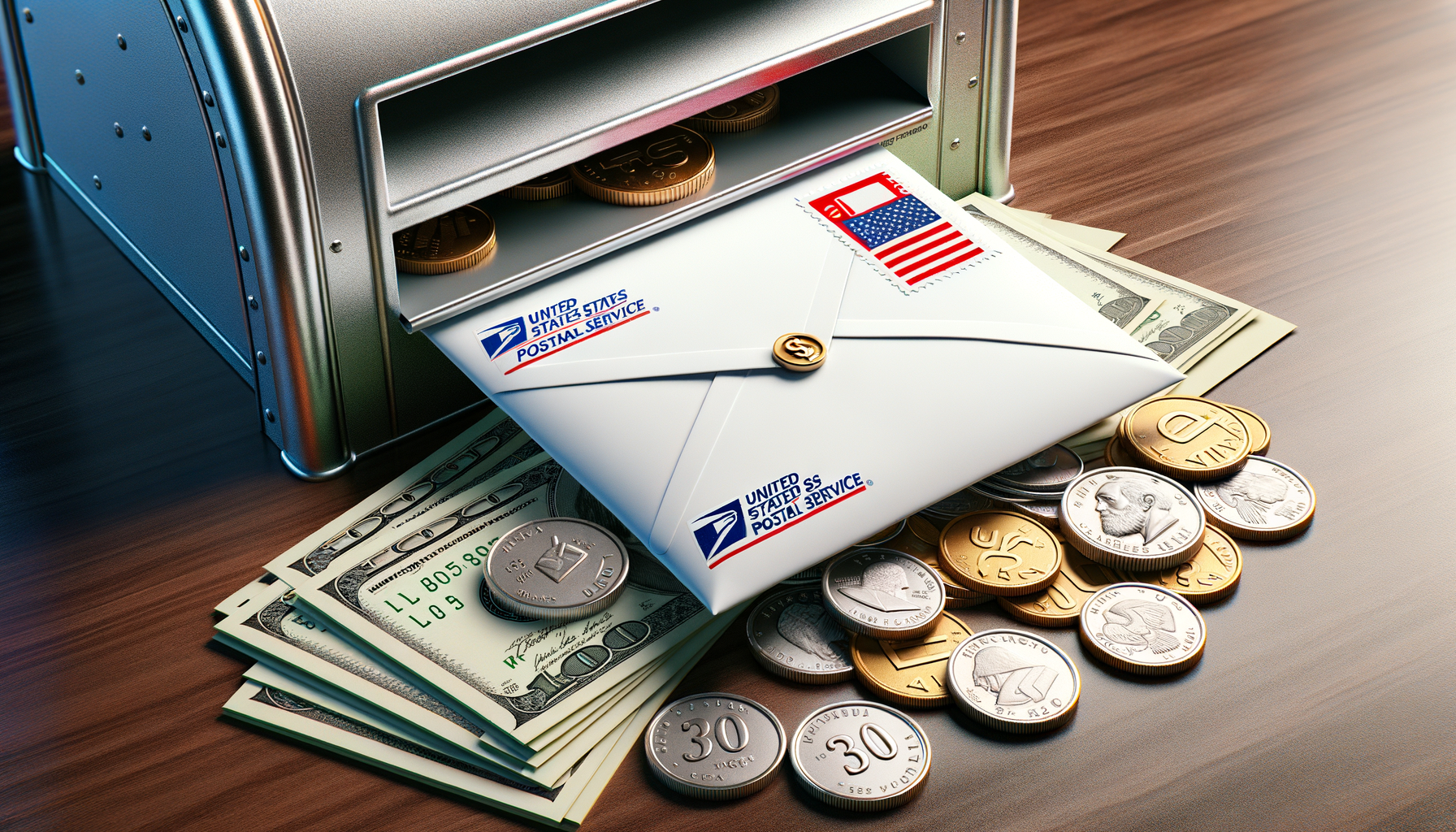
When considering the USPS cost to mail a letter, several factors come into play. These factors determine the final price you will pay. Understanding these elements can help you make informed decisions.
Weight & Size Specifications
The weight and size of your letter significantly affect the USPS cost to mail a letter. Letters weighing up to one ounce fall under the standard rate. A Forever stamp covers the cost of a letter weighing one ounce or less. See current Forever stamp values
However, if your letter exceeds this weight, additional charges apply. The dimensions of the letter also matter. A standard letter must not exceed 11.5 inches in length and 6.125 inches in height. Thickness should not surpass 0.25 inches. If your letter is larger, it may be classified as a flat or parcel, which incurs higher costs.
Distance & Destination
The distance your letter travels also influences the USPS cost to mail a letter. Domestic letters within the United States generally follow a uniform rate for standard mail. However, mailing to remote or rural areas may incur additional fees. International mailing costs vary significantly based on the destination country. Each country has its own pricing structure, which can be found on the USPS website.
Mail Class & Delivery Speed
The class of mail you choose impacts the USPS cost to mail a letter. First-Class Mail is the most common and economical option for standard letters. Priority Mail offers faster delivery but at a higher cost.
Priority Mail Express guarantees overnight delivery but is the most expensive option. Media Mail and other specialized services cater to specific types of content, such as books or educational materials, and have their own pricing.
Additional Services & Add-ons
Additional services can increase the USPS cost to mail a letter. Certified Mail provides proof of mailing and delivery, adding a fee to the base cost. Registered Mail offers enhanced security and tracking but is more expensive. Insurance can be purchased to cover the value of the contents, adding another layer of cost. Tracking services allow you to monitor the progress of your letter, often for an additional fee.
Understanding these factors can help you better estimate the USPS cost to mail a letter. By considering weight, size, distance, mail class, and additional services, you can make informed choices. This knowledge can help you manage your mailing expenses more effectively.
Breakdown Of USPS Mail Classes
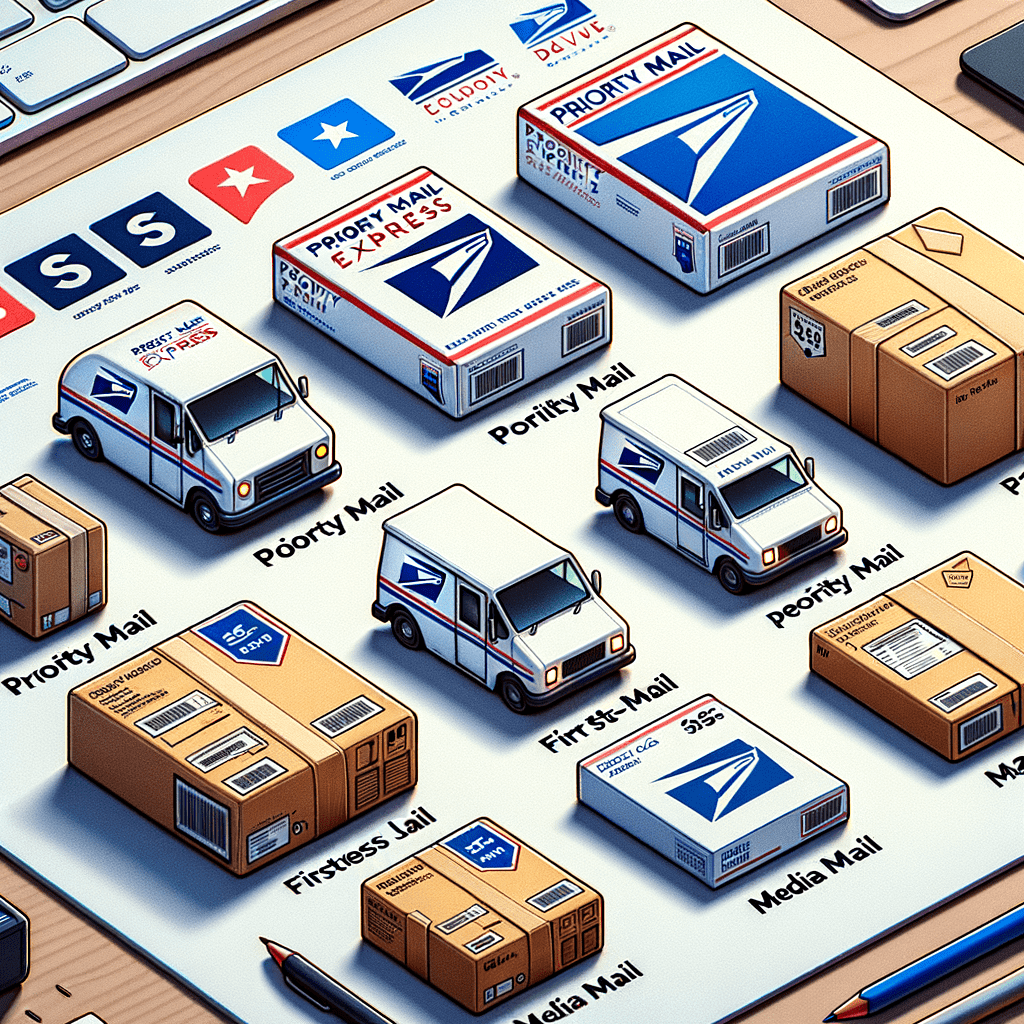
Understanding the different USPS mail classes is essential for selecting the most appropriate and cost-effective option. Each class offers unique features and pricing structures, catering to various mailing needs.
First-Class Mail
First-Class Mail is the most commonly used service for standard letters and small packages. It provides reliable delivery within one to three business days. This class is ideal for personal correspondence, bills, and lightweight items. The maximum weight for First-Class Mail is 13 ounces. If your item exceeds this weight, it will be classified under a different category. First-Class Mail also includes forwarding and return services at no additional cost.
Priority Mail
Priority Mail offers faster delivery compared to First-Class Mail, typically within one to three business days. This service is suitable for items that require quicker delivery but do not need overnight shipping. Priority Mail includes tracking and insurance up to $50, providing added security for your items. The maximum weight for Priority Mail is 70 pounds, making it a versatile option for heavier packages. Flat Rate options are available, allowing you to ship items at a predetermined cost regardless of weight or distance.
Priority Mail Express
Priority Mail Express is the fastest USPS service, guaranteeing overnight delivery to most locations. This service is ideal for urgent documents and time-sensitive packages. Priority Mail Express includes tracking and insurance up to $100, ensuring peace of mind for valuable items. The service also offers a money-back guarantee if the delivery is not made on time. Like Priority Mail, the maximum weight for Priority Mail Express is 70 pounds. Flat Rate options are available for this service as well.
Media Mail & Other Specialized Services
Media Mail is a cost-effective option for shipping educational materials, such as books, CDs, and DVDs. This service is slower, with delivery times ranging from two to eight business days. Media Mail is subject to specific content restrictions and may be inspected by USPS. The maximum weight for Media Mail is 70 pounds, making it suitable for bulk shipments of educational materials.
Other specialized services include Library Mail and Bound Printed Matter. Library Mail is designed for libraries, educational institutions, and museums, offering reduced rates for shipping books and media.
Bound Printed Matter is used for sending printed materials like catalogs and directories at a lower cost. Both services have specific eligibility requirements and content restrictions.
Each class offers distinct features, delivery speeds, and pricing structures. By selecting the appropriate mail class, you can ensure timely and cost-effective delivery of your items.
Calculating The Cost To Mail A Letter
Accurately calculating the USPS cost to mail a letter involves several steps. Utilizing available tools and resources can simplify this process.
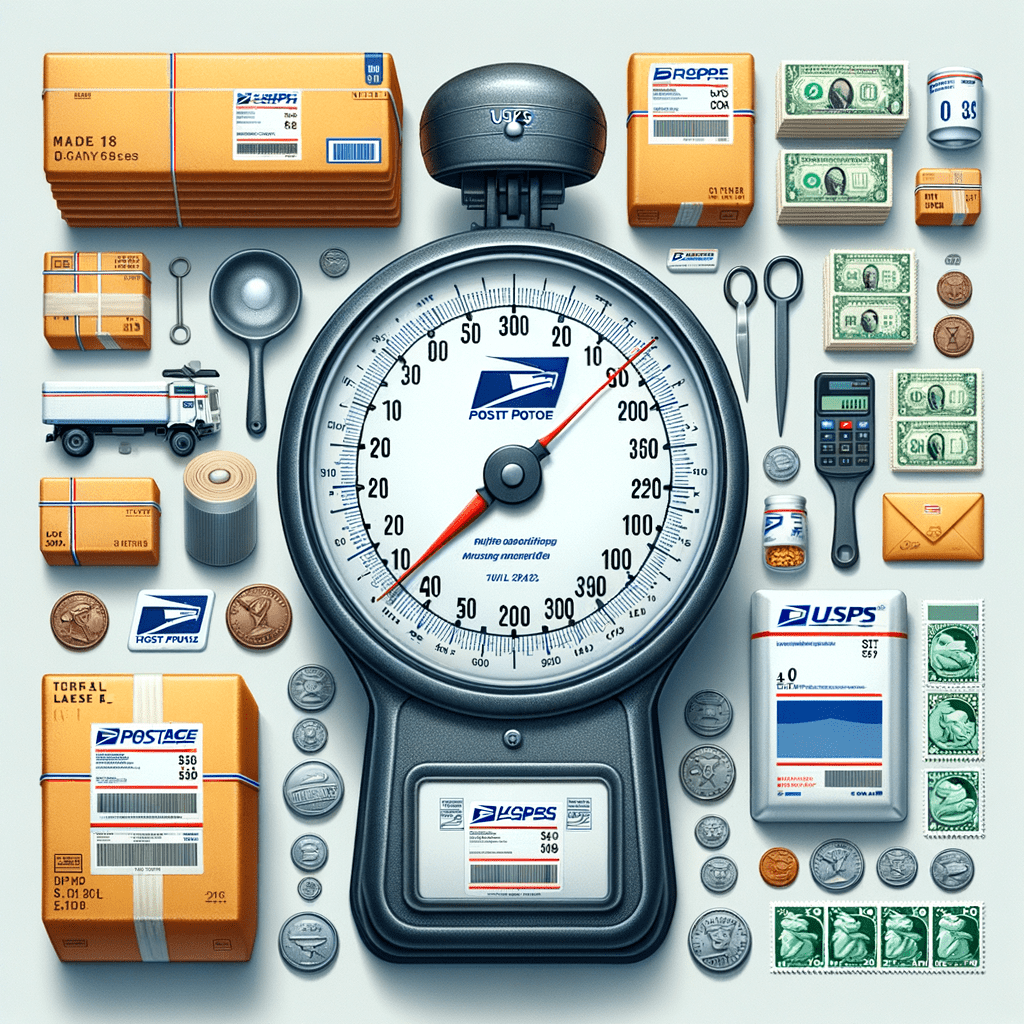
Using USPS Online Tools
The USPS website offers various online tools to help calculate mailing costs. The Postal Price Calculator is a user-friendly tool that provides accurate pricing based on weight, size, and destination. Simply input the relevant details, and the calculator will display the cost for different mail classes. This tool is particularly useful for comparing prices and selecting the most cost-effective option. Additionally, the USPS website provides a ZIP Code lookup feature to determine the destination zone, which can affect pricing.
Post Office Price Lists & Resources
Local post offices provide printed price lists and brochures detailing shipping services and the cost of a stamp. These resources are helpful for those who prefer a physical reference. Post office staff can also assist with pricing inquiries and provide guidance on the best mailing options. Keeping an updated price list on hand ensures you are aware of any changes in rates or services. This can be particularly useful for businesses that frequently mail letters and packages.
Examples Of Common Mailing Scenarios
Understanding common mailing scenarios can help you better estimate the USPS cost to mail a letter. For instance, a standard First-Class Mail letter weighing up to one ounce costs $0.68. If the letter exceeds one ounce, each additional ounce incurs a fee of $0.24. A Priority Mail Flat Rate Envelope, regardless of weight or distance, costs $8.50. These examples illustrate how different factors influence the final cost.
For international mail, the pricing structure varies significantly. A First-Class Mail International letter to Canada or Mexico costs $1.20 for up to one ounce. For other countries, the cost is $1.55 for the same weight. Priority Mail International Flat Rate Envelopes start at $26.90, offering a more economical option for heavier items. These examples highlight the importance of understanding the specific requirements and costs associated with international mailing.
Additional Considerations
Several additional factors can influence the USPS cost to mail a letter. Adding services like Certified Mail or insurance increases the overall cost. Certified Mail provides proof of mailing and delivery, adding $3.75 to the base cost. Insurance fees vary based on the declared value of the contents. Tracking services, which allow you to monitor the progress of your letter, also incur additional charges.
Seasonal and promotional rates may offer temporary discounts on certain services. Staying informed about these promotions can help reduce mailing costs. Understanding these additional considerations ensures you are fully aware of all potential expenses. This knowledge allows for more accurate budgeting and cost management.
By utilizing online tools, post office resources, and understanding common scenarios, you can accurately calculate the USPS cost to mail a letter. This approach ensures you select the most appropriate and cost-effective mailing option for your needs.
Tips For Reducing Mailing Costs
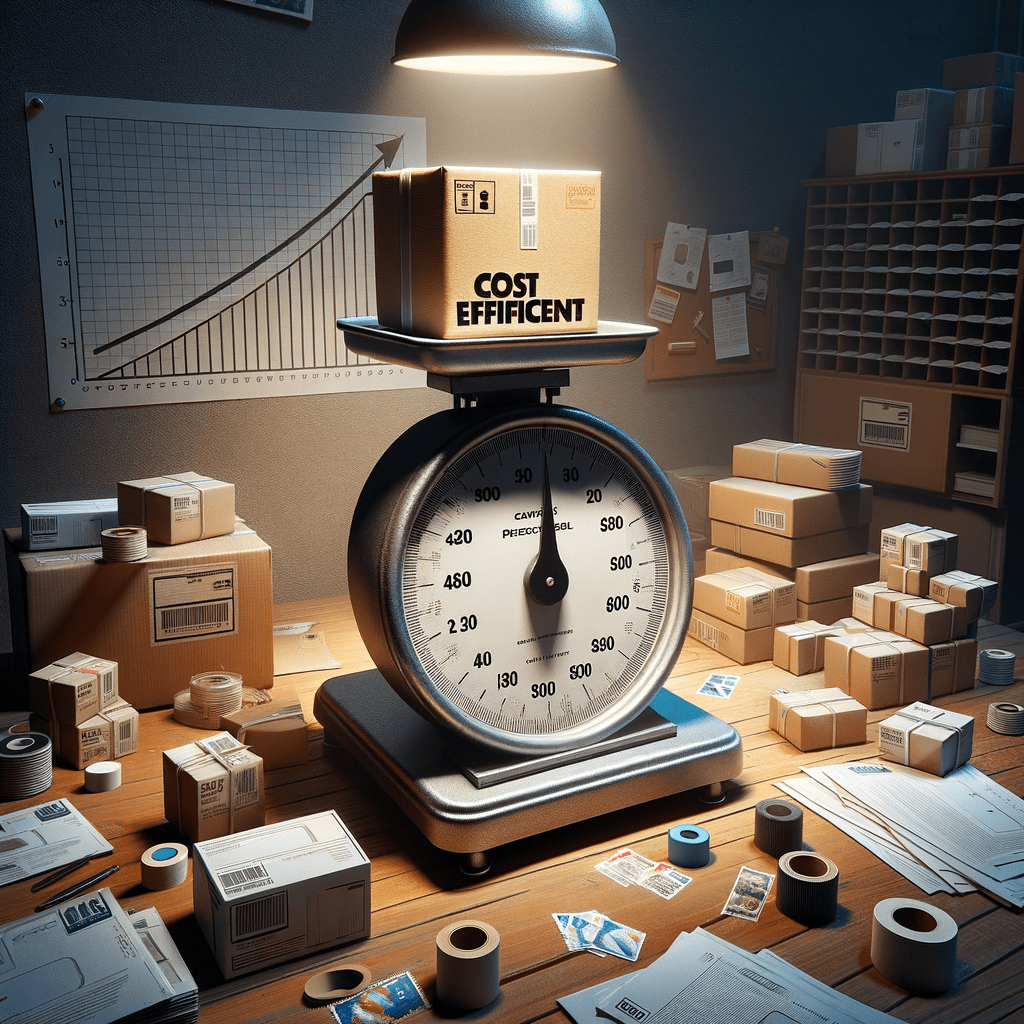
Reducing mailing costs is essential for both individuals and businesses. Implementing cost-saving strategies can lead to significant savings over time.
Bulk Mailing Discounts
One effective way to reduce mailing costs is by taking advantage of bulk mailing discounts. The USPS offers discounted rates for large volumes of mail, known as presorted mail. Businesses that send out large quantities of mail, such as invoices or marketing materials, can benefit from these reduced rates. To qualify, mail must be sorted and prepared according to USPS guidelines. This process involves grouping mail by ZIP Code and ensuring it meets specific size and weight requirements. Utilizing bulk mailing services can result in substantial savings, especially for frequent mailers.
Using Flat Rate Options
Flat Rate options provide a predictable and often more economical way to send mail. With Flat Rate services, the cost is determined by the size of the envelope or box, not the weight or distance. This can be particularly advantageous for heavier items. For example, a Priority Mail Flat Rate Envelope costs $7.95, regardless of the contents’ weight or destination within the United States.
Flat Rate boxes come in various sizes, offering flexibility for different mailing needs. By choosing Flat Rate options, you can avoid unexpected costs and simplify the mailing process.
Efficient Packaging Strategies
Efficient packaging can also help reduce mailing costs. Using appropriately sized envelopes and boxes minimizes the risk of paying for unnecessary weight or volume. Overpacking can lead to higher costs, while underpacking may result in damaged items. Selecting the right packaging materials ensures your items are protected without incurring additional fees. Additionally, reusing packaging materials, such as boxes and bubble wrap, can further reduce expenses. Ensuring that packages are properly sealed and labeled can prevent delays and additional charges.
Leveraging Technology
Leveraging technology can streamline the mailing process and reduce costs. Online postage services, such as USPS Click-N-Ship, allow you to purchase and print postage from your computer. This service often includes discounts compared to purchasing postage at the post office. Additionally, online tools can help you track shipments, manage addresses, and schedule pickups, saving time and money. Investing in a postage meter can also be cost-effective for businesses with high mailing volumes. These devices print postage directly onto envelopes or labels, often at a discounted rate.
Exploring Alternative Mailing Services
Exploring alternative mailing services can provide additional cost-saving opportunities. Private carriers, such as UPS and FedEx, offer competitive rates for certain types of mail. Comparing prices and services between USPS and private carriers can help you find the most economical option. Some private carriers offer discounts for online purchases or volume shipments. Additionally, regional carriers may provide lower rates for specific areas. By considering all available options, you can make informed decisions that align with your budget and mailing needs.
Implementing these strategies can lead to significant savings on mailing costs. By taking advantage of bulk mailing discounts, using Flat Rate options, and employing efficient packaging strategies, you can manage your mailing expenses more effectively. Leveraging technology and exploring alternative mailing services further enhances your ability to reduce costs.
Additional Considerations
When calculating the USPS cost to mail a letter, several additional factors should be taken into account. These considerations can impact both the cost and the efficiency of your mailing process.

International Mailing Costs
International mailing costs vary significantly from domestic rates. The destination country plays a crucial role in determining the final cost. For instance, sending a letter to Canada or Mexico is generally less expensive than sending it to Europe or Asia. The USPS offers several international mailing options, including First-Class Mail International, Priority Mail International, and Priority Mail Express International. Each option has its own pricing structure and delivery times. Understanding these differences can help you choose the most cost-effective and timely service for your needs.
Seasonal And Promotional Rates
Seasonal and promotional rates can offer temporary savings on mailing costs. The USPS occasionally provides discounts during peak mailing seasons, such as holidays. These promotions can apply to specific mail classes or services, offering an opportunity to reduce expenses.
Staying informed about these seasonal rates can help you plan your mailings more effectively. Additionally, some promotions may be targeted at specific customer segments, such as small businesses or frequent mailers. Taking advantage of these offers can lead to significant savings.
Understanding Insurance And Tracking Options
Insurance and tracking options add an extra layer of security to your mailings but also increase the cost. USPS offers various insurance plans based on the declared value of the contents. For example, insuring a letter valued at $100 will incur a different fee than insuring one valued at $500. Tracking services, such as USPS Tracking and Signature Confirmation, allow you to monitor the progress of your letter. These services provide peace of mind but come at an additional cost. Evaluating the necessity of these options can help you manage your mailing expenses more effectively.
Impact Of Packaging Materials
The choice of packaging materials can also affect the USPS cost to mail a letter. Using lightweight and appropriately sized envelopes can minimize costs. Overly large or heavy packaging can lead to higher fees. The USPS offers free packaging supplies for certain services, such as Priority Mail and Priority Mail Express. Utilizing these free supplies can reduce your overall mailing expenses. Additionally, reusing packaging materials can be an eco-friendly and cost-effective strategy.
Regulatory And Compliance Issues
Regulatory and compliance issues can impact mailing costs and procedures. Certain items, such as hazardous materials or restricted goods, may require special handling and incur additional fees. Understanding USPS regulations and compliance requirements is essential for avoiding unexpected costs. The USPS website provides comprehensive guidelines on what can and cannot be mailed. Adhering to these guidelines ensures that your mailings are compliant and helps avoid delays or additional charges.
By considering these additional factors, you can gain a more comprehensive understanding of the USPS cost to mail a letter. International mailing costs, seasonal rates, insurance, tracking options, packaging materials, and regulatory issues all play a role in determining the final cost. Being aware of these considerations allows for more accurate budgeting and efficient mailing practices.
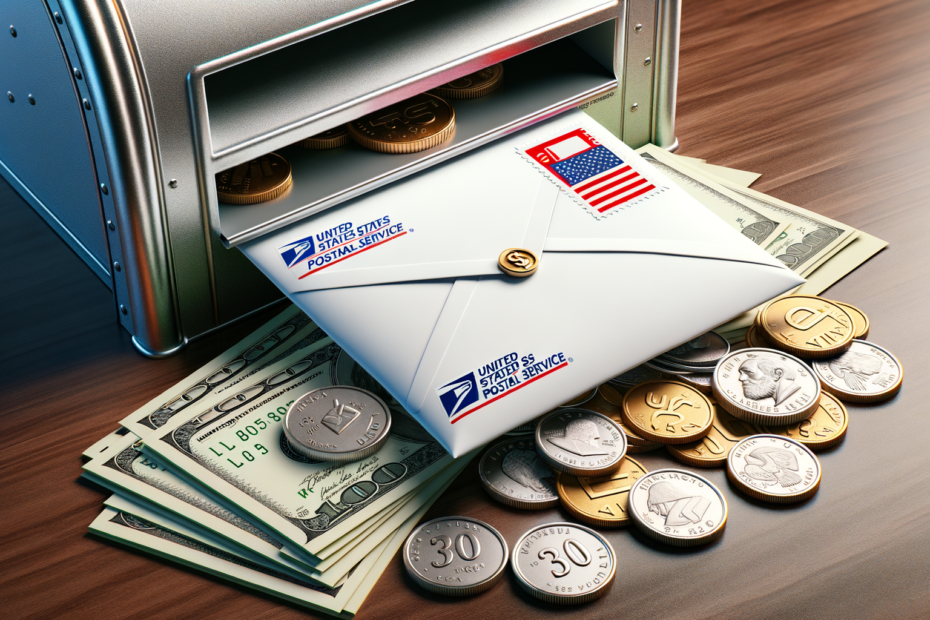
Pingback: First Class Postage - Sell Forever Stamps